Syn.: Salix longifolia var. exigua (Nutt.) Bebb, Salix fluviatilis var. exigua (Nutt.) Sarg.
Family: Salicaceae Mirbel
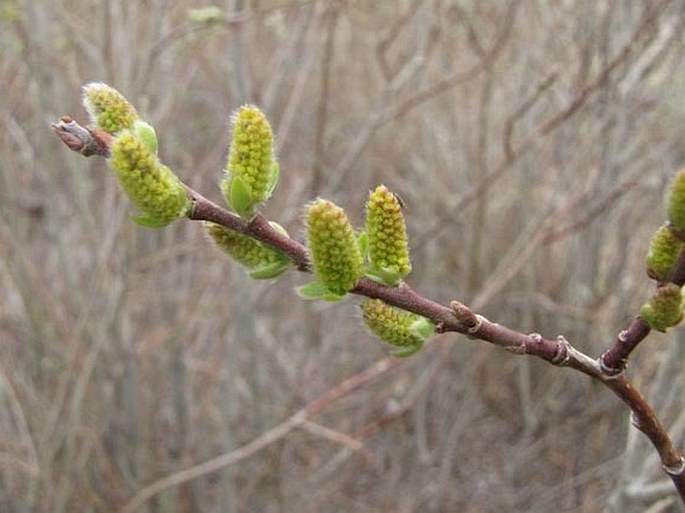
Distribution: Species of the west of North America found from western Kansas and Texas to California. It also occurs in southwest of Canada and northern Mexico. In its region there are two varieties. Some taxonomists include in this species subspecies S. e. subsp. interior which occurs from central Alaska through most of Canada and northeast US. This subspecies is not included here.
Ecology: The nominate variety is found on banks of streams, sandbars and wet areas in elevations from 600 to 2800 m. Salix exigua var. hindsiana is found only in California and Oregon in coastal areas from sea level to about 600 m.
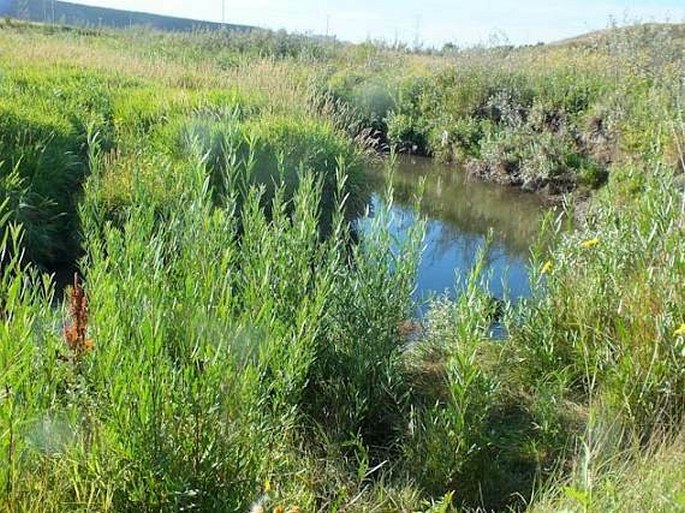
Description: Shrub or small tree, 0,5–5(–17) m tall, dioecious, bark grey to reddish brown. Leaves alternate, deciduous, petiolate, narrowly lanceolate to linear, 30–136(–143) × 2–14 mm, upper surface green, lower surface pale green, when young yellow green, margins smooth to finely dentate. Erect catkins appear before leaves, male catkins 3–4 cm long, female catkins 1–7 cm long. Fruit is a capsule, 5–8 mm long, seeds with fine, white hairs.
Use: The pliable bark was used by native people to make fishnets and rope. Twigs were used for frames of snowshoes, baskets and bows and arrows.
Note: Easily hybridized with other north American willows, usually with Salix interior and Salix melanopsis.
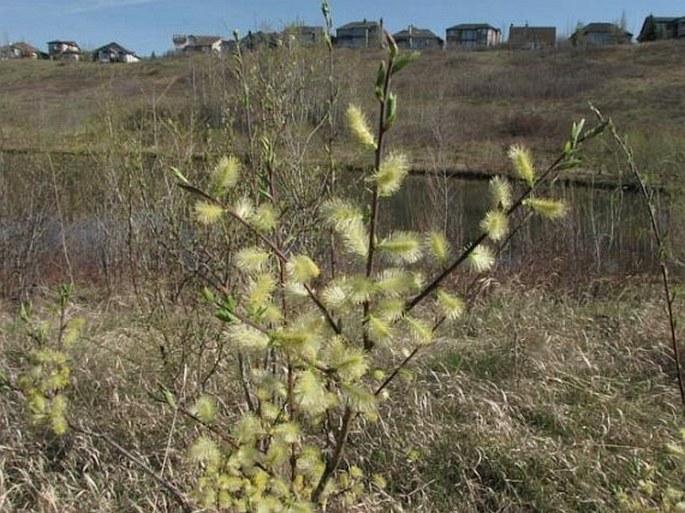
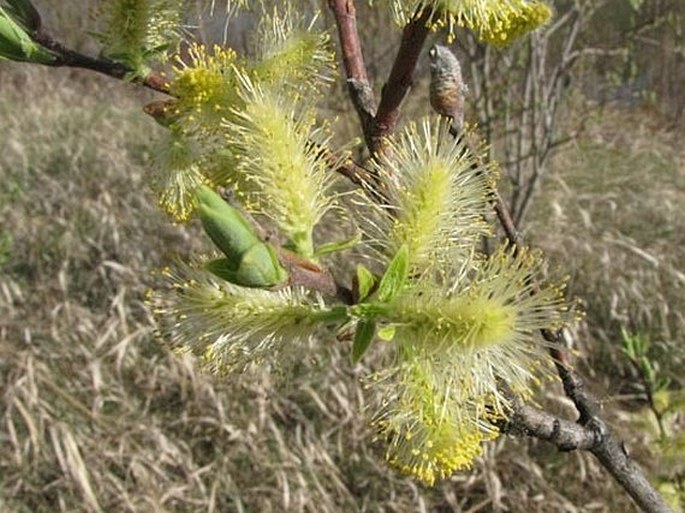
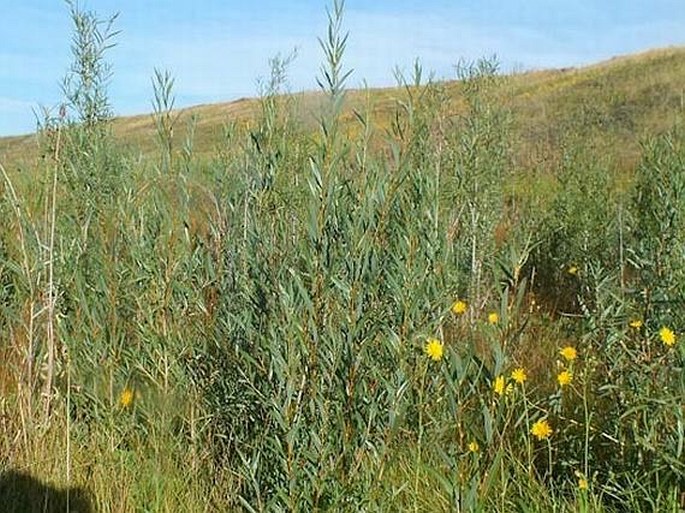
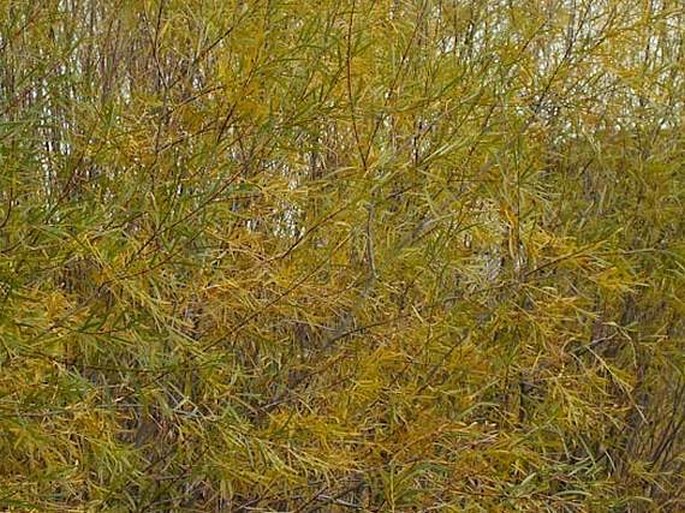
These images were taken in Canada, Alberta, Calgary, Confluence Park and Fish Creek Provincial Park, Mallard Point (2013).


